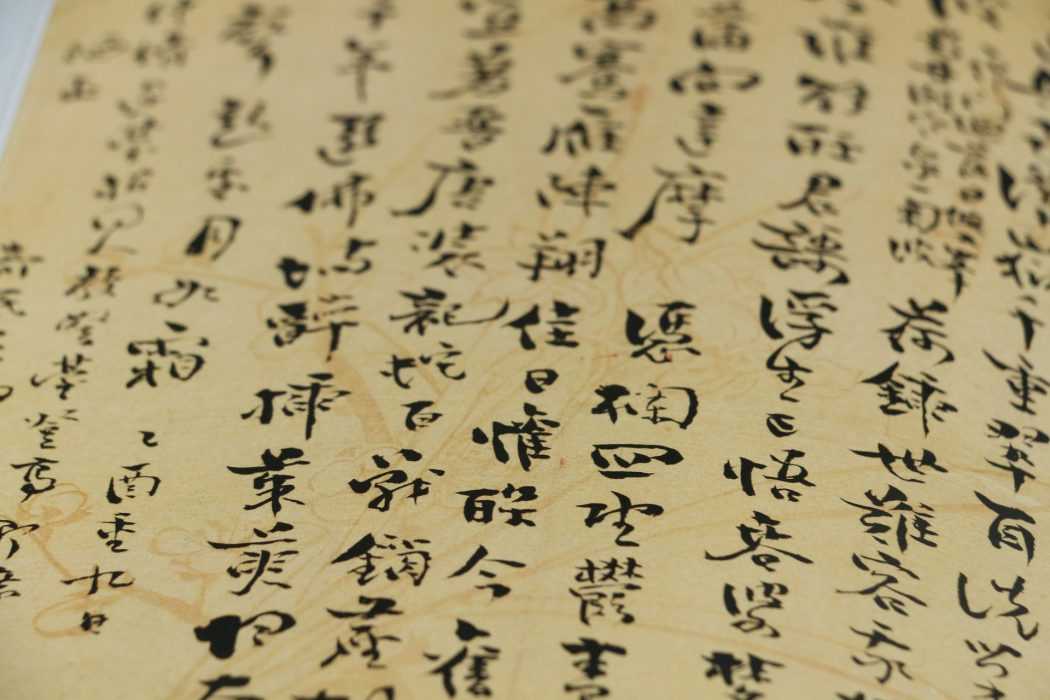Regulations On The Use Of Chinese Characters In Publications

Release Date: 07-07-1992
Source: SAPPRFT website
Article 1: In order to standardize the use of Chinese characters in newspapers, periodicals, books, audiovisual products and other publications, and to eliminate the use of non-standard characters, in accordance with national laws and regulations on press and publication and related regulations on the use of Chinese characters, according to the actual situation in China, this provision was developed.
Article 2: These regulations apply to publications such as newspapers, periodicals, books, audiovisual products, etc., which have been approved for publication by the State Press and Publication Administration.
Article 3: The standardized Chinese characters referred to in these regulations mainly refer to the simplified characters included in the “Simplified List of Simplified Chinese Characters” re-published by the State Language and Character Work Committee in October 1986 in accordance with the instructions of the State Council; in March 1988, the national characters Chinese characters included in the “Common Table of Modern Chinese Characters” issued by the Working Committee and the Press and Publication Administration.
The non-standard Chinese characters referred to in these regulations refer to simplified Chinese characters in the “Simplified Chinese Character List”; simplified characters in the “Second Chinese Character Simplification Scheme (Draft)” announced by the State in 1986; eliminated in 1955 Variants (including 11 analogous simplified characters included in the “Simplified Chinese Character List” in 1986 and 15 characters in the “General Table of Modern Chinese Characters” included in 1988 are not considered to be eliminated variants); old units of measurement eliminated in 1977 Translated names are used; self-made simplified characters appearing in society and old glyphs eliminated in 1965.
Article 4: The Press and Publication Administration and the National Language Working Committee are in charge of regulating the use of Chinese characters in publications across the country.
Provinces, autonomous regions, and municipalities directly under the Central Government press and publication administration and language work agencies are in charge of regulating the use of Chinese characters in publications in their respective administrative areas.
Article 5: The characters used in newspapers, periodicals, books, audiovisual products, and other publications include titles, titles, covers (including the front cover, back cover, spine, etc.), packaging decorations, and advertising materials. The use of irregular Chinese characters is prohibited.
The text of the publication (including supplementary texts such as text, summaries, catalogs, and copyright record items) must use standard Chinese characters, and non-standard Chinese characters are prohibited.
Article 6: Publications such as newspapers, periodicals, books, audiovisual products and other publications distributed to Taiwan, Hong Kong, Macao and overseas can use simplified characters. If traditional characters are required, they must be reported to the Press and Publication Administration for approval.
Article 7: The provisions of Articles 5 and 6 may not apply in the following situations:
(1) collating and publishing ancient classics;
(2) calligraphy art works;
(3) must be used in ancient historical and cultural academic research writings and language reference books Traditional Chinese characters and variant Chinese characters;
(4) Chinese newspapers, books, audiovisual products and other publications published in Taiwan, Hong Kong, Macao and other overseas regions in accordance with the law and photocopied and copied in accordance with the law.
Article 8: When applying for the establishment of a newspaper, periodical, book, audiovisual product publishing unit, it is necessary to submit the name of the publishing house, registration, and periodical to the approving authority, and it can only be used after being approved to meet the specifications.
Article 9: The design of printing common Chinese character fonts, the use of Chinese characters in computer layout systems and text information processing systems must comply with national standards and relevant regulations. The use of traditional characters must be approved by the Press and Publication Administration.
Article 10: The press and publication administration and the language work agency are responsible for the supervision and inspection of the use of Chinese characters in publications.
The inspected entity shall not refuse to provide samples of publications required for inspection.
Article 11: If any of the following situations is violated under these regulations, the press and publication administration department at or above the provincial level (including the provincial level) shall be ordered to make corrections and warnings according to the severity of the case. Administrative penalties:
(1) In violation of Article 5, paragraph 1, the newspaper header (name) uses irregular Chinese characters for more than one character (including one character), six consecutive daily reports, three consecutive consecutive weekly reports, and two consecutive semi-monthly reports. above period;
(b) violation of Article 5, paragraph journal titles and cover, packaging decoration, advertising materials within thousand words or more characters using a non-standard characters (including a word), two consecutive fortnightly, more than one issue, monthly, bi-monthly, quarterly issue or more;
(3) In violation of the second paragraph of Article 5, in one issue (one volume, one box), the use of non-standard Chinese characters in newspapers, periodicals, books, audiovisual products and other publications accounted for more than one-thousandths of the total characters;
(iv) in violation of Article 6.
Article 12: If a publishing unit or printing unit disagrees with an administrative penalty decision, it may apply for administrative reconsideration within 15 days from the date of receipt of the written penalty decision; if it disagrees with the administrative reconsideration decision, it may apply for an administrative reconsideration decision. A lawsuit can be filed with the people’s court within 15 days of the date.
(Source: Department of Policies and Regulations, General Administration of Press and Publication)